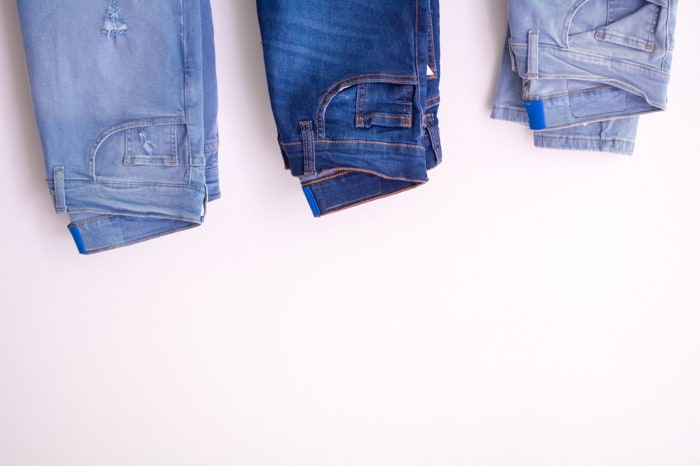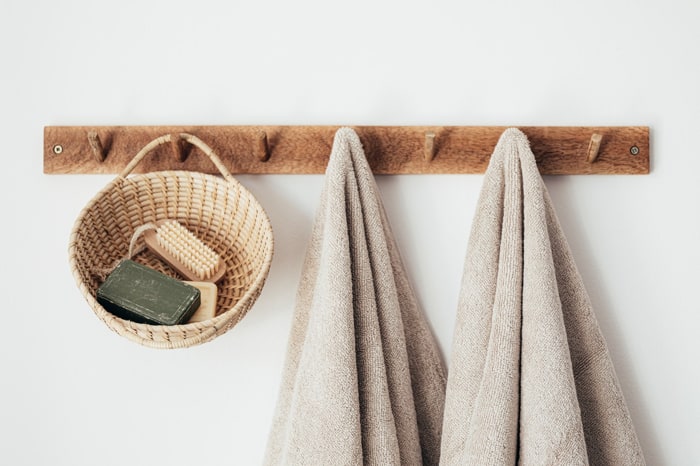Mouse Pad Materials – How Do They Affect Your Mouse Performance?
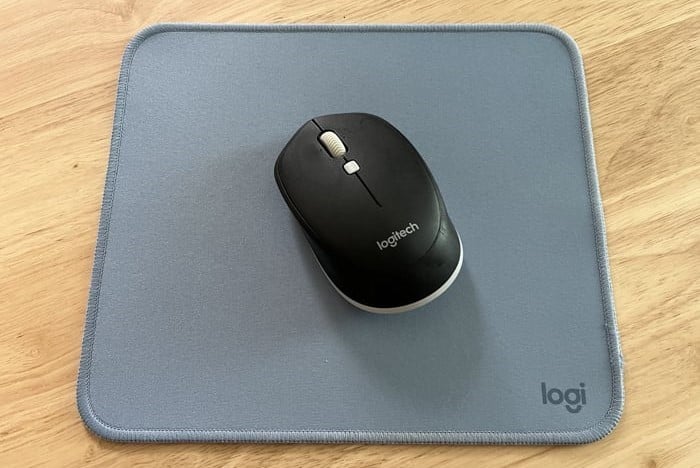
A mouse pad can be as simple as the back cover of the notebook next to you. But why then, are there premium gaming mousepads that sell for over $20?
Besides the size, the material used is often the distinguishing factor between a regular mousepad and a mousepad made for gaming.
So if you don’t know which material to choose for your mouse pad, or just want to know the advantages and disadvantages between different mouse pad materials, this article is for you!
What Are Mouse Pads Made Of?
What material are mouse pads made of?
There are many options for a mouse pad material. You’d be surprised at what you can use as mouse pad alternatives!
However, commercial mouse pads are usually made of the following materials:
- Rubber
- Microfiber
- Vynex
- Neoprene
- Plastic
- PU, faux, or vegan leather
- Gel crystals
Although less common, there are also mousepads that are made of:
- Leather
- Wood
- Cork
- Aluminum
- Steel
- Glass
Best Mouse Pad Material
So what is the best mouse pad material to look out for?
Really, there are many materials that can improve the performance of your mouse. A good mouse pad material can have the following qualities:
- Feels comfortable to touch (i.e., not too cold or warm, not too rough on the skin)
- Durable and won’t wear out easily
- Non-reflective (important for optical mice)
- Smooth surface for gliding action
- Does not slip or shift on the supporting surface (i.e. desk)
- Easy to clean
There is no singular material that encompasses all of these properties and that is the reason the best mouse pads around are a combination of different materials.
As you will see below:
Types Of Mouse Pads
Furthermore, mouse pads can be categorized into 2 main types. The function of these mouse pads mainly determines what the mouse pads are made of.
Some manufacturers have even come up with dual-sided mouse pads to let users have the best of both worlds!
Soft Mouse Pad
Soft mouse pads have been around for many years. At first, they were used exclusively for the older mouse technology which employed tracker balls.
But some soft mouse pads are also compatible with the newer optical mice. Today, soft mouse pads are still widely available even though tracker ball mice are basically extinct.
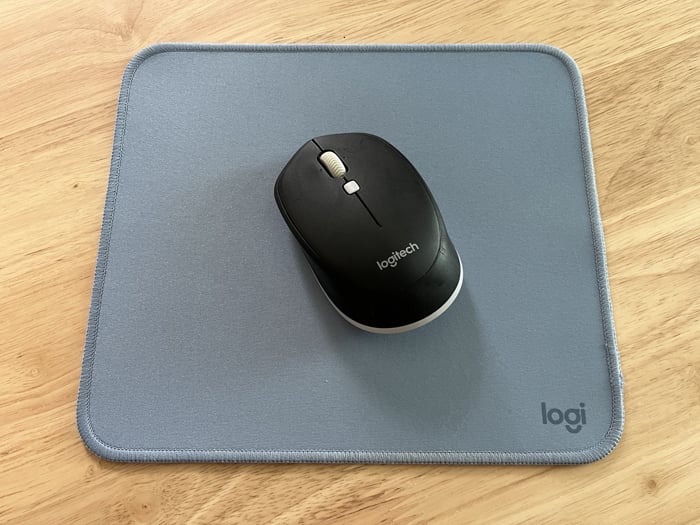
These types of mouse pads provide grip for the mouse for improved precision, but because they do give some resistance to movement, gamers that require large movements or higher mouse sensitivity do not prefer them.
And while soft mouse pads can be made in many different shapes although they are generally 8” x 11” rectangles with rounded edges.
The top surface is usually of a foam-type material and there maybe a plastic coating on top. Underneath the mouse pad is typically rubber composite to ensure that the mousepad stays in place.
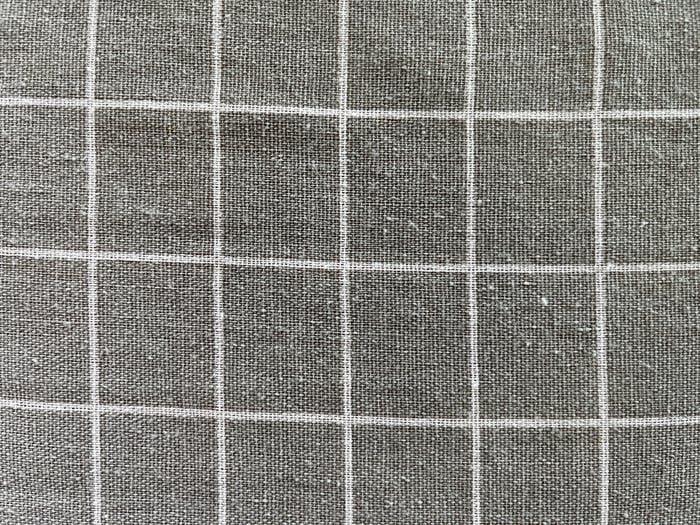
Hard Mouse Pad
Hard mouse pads can also involve the use of fabric or rubber in their construction. A hard plastic coating on top will provide a little more grip while still allowing good control.
Premium hard mouse pads made specifically for gaming may include an aluminum sheet in between other layers or on top for extra-smooth sliding motions.
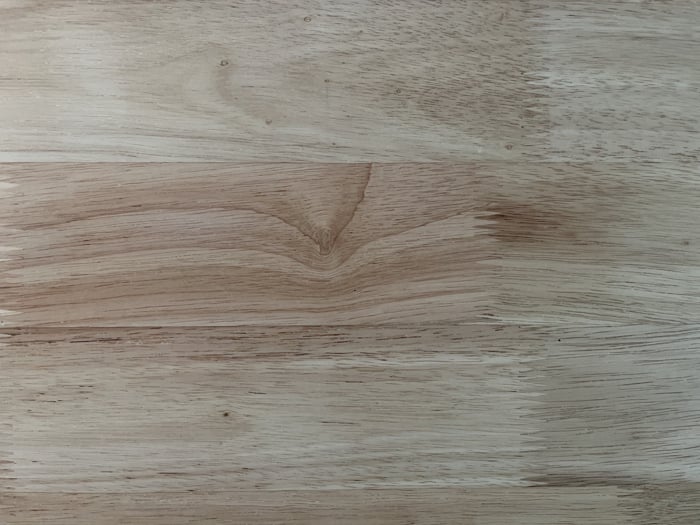
But the primary point of a hard mouse pad is to allow large mouse movements to be very smooth and fast with as little resistance as possible.
This quality is important when playing games that require you to cover large areas with your mouse quickly. It is for this reason too, that hard mouse pads can be very wide. Wide enough to cover most of a standard sized desk.
These types of mouse pads work very well with sophisticated optical mice.
In a bid to attract gamers, hard mouse pads can be extremely sporty in design and even flashy – some have built in RGB lights where you can customize colors and the light sequencing.
How Is A Mouse Pad Made?
Regardless of what the mouse pad material is, the way a mouse pad is made usually goes like this:
- Material Preparation – Selected materials (e.g., rubber, Neoprene, etc) are cleaned, dried and the suitable sizes will be loaded onto rollers
- Finalize Measurements – The materials will be measured and marked with the desired size (and shape) of the final product
- Cutting – The material will be cut into individual mouse pads following the previous measurements. Automated die cutters are used for higher precision and speed.
- Adding The Base – The base material (typically a rubber composite) will be applied to the back of the mousepads
- Top Design – Unless this is a hard mouse pad, this stage is where laser or ink jet printers will print the logo or other designs onto the top surface of the mousepads. For hard mouse pads, printing is done much earlier in the process.
- Quality Check – Finally, the mousepads are checked for quality (or not). This may include different criteria like design clarity, tensile strength, water resistance, estimate lifespan, etc.
How Long Does A Mouse Pad Last?
You can expect a high-quality mouse pad to last for years although this depends heavily on the way you use it as well as your frequency of use.
To keep your mouse pad in good condition, regular wipe downs are advisable. You can also keep them out of the sun and not have them rolled up for hours on end.
FAQ
Is a Mouse Pad Necessary?
Depending on the mouse you have, you might not need a mouse pad at all. But if you want to improve the efficacy of your mouse or just find discomfort when you use your mouse, these are valid reasons that you may need a mousepad.
What Is The Most Comfortable Mouse Pad Material For Daily Use?
Thicker, soft mouse pads that are adequately padded are more comfortable to use than hard mouse pads.
What Is The Best Mouse Pad Material For Gaming?
If the games you often play require rigorous movements that take up a lot of space, it’s best to invest in a sizeable hard mouse pad. The best material for a mousepad like this would include plastic or aluminum.
What Is The Difference Between A Soft And Hard Mouse Pad?
Soft mouse pads are suitable for most users. While hard mouse pads are more ideal for gamers. See other differences between soft and hard mouse pads.
Conclusion
When choosing a mouse pad material, be sure to consider your mouse technology as well as what you primarily do on your computer. Aside from your budget and the overall design of your workstation/ gaming station.
Draftsmen and gamers may need hard mouse pads made of smoother material to accommodate the nature of programs they use. But if comfort is your priority (i.e. long hours of work), choose soft mouse pads made of materials that have some grip to them.




